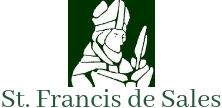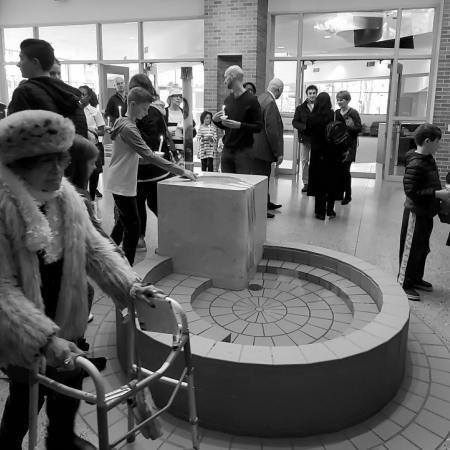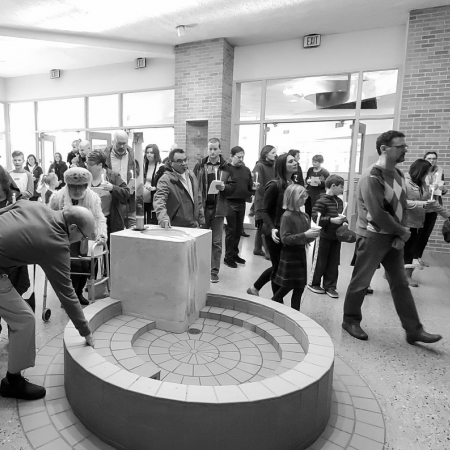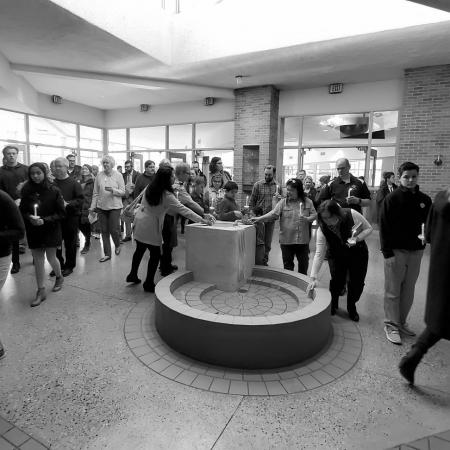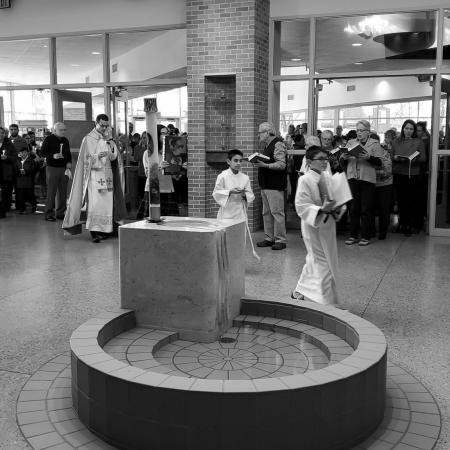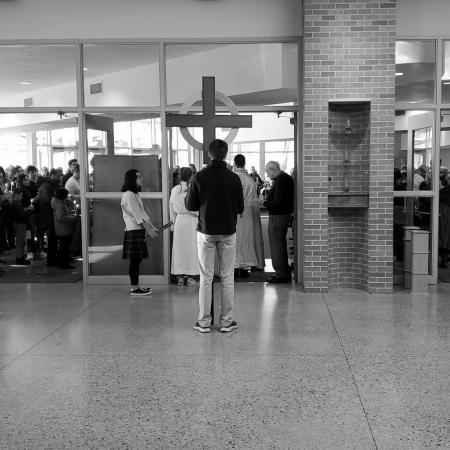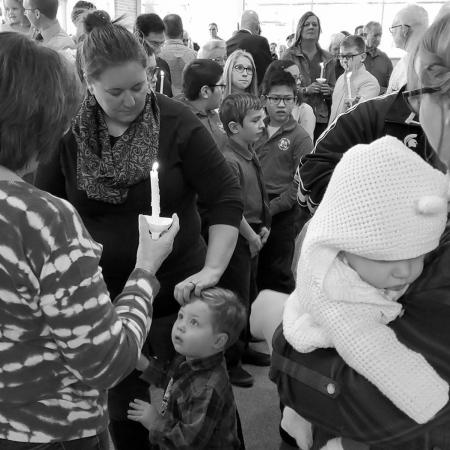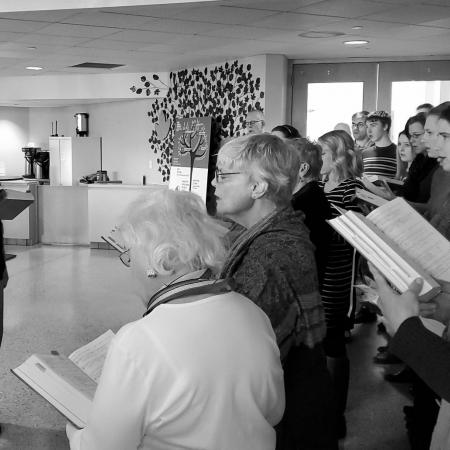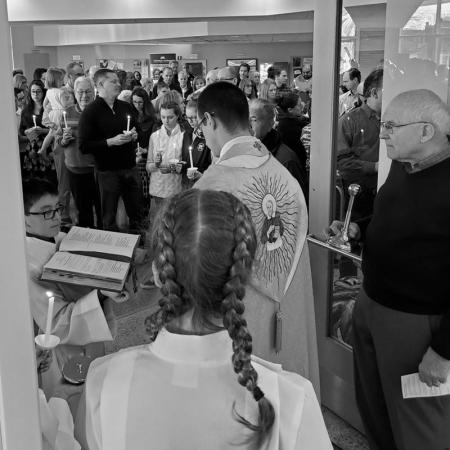
Back in the fourth century, a woman named Egeria made a pilgrimage to Jerusalem and kept a careful diary of all the liturgies she experienced there. She describes how on the 40th day after Epiphany (which at the time was the sole feast for the birth of Jesus), there was a great procession to the church of the Resurrection, where the priests and bishops explained the events of Luke 2:22-39. The festivities concluded with Mass.
Egeria gives no name for the feast, but it appears in about the middle of the fifth century as the “Feast of the Meeting” — referring to the occasion Jesus entered his Father’s temple for the first time and there met Simeon and Anna. According to descriptions of the liturgy, the people carried candles in the procession. As generations passed, this feast became known as “Candlemas.”
Now this feast is called “The Presentation of the Lord.” It is celebrated 40 days after Christmas.Because The Presentation is a feast honoring Jesus Christ, special prayers and scripture readings replace the texts for the Fourth Sunday in Ordinary Time.
The use of candles at this feast hearkens to the words Simeon sung when he encountered the child Jesus being carried into the temple by Mary and Joseph (Luke 2-29-32): “A light for revelation to the Gentiles and the glory of your people Israel.”
This feast falls 40 days after Christmas because a Jewish law required mothers to present themselves to the priest for purification rites 40 days after giving birth. The introduction to today’s Mass has wonderful interpretation of why the Christ child was brought to the temple: “Outwardly he was fulfilling the Law, but in reality he was coming to meet his believing people.”
It will be 2025 before the Feast of The Presentation of the Lord again lands on a Sunday.
O God, source and origin of all light, who on this day showed to the just man Simeon the Light for revelation to the Gentiles, we humbly ask that, in answer to your people's prayers, you may be pleased to sanctify with your blessing these candles, which we are eager to carry in praise of your name, so that, treading the path of virtue, we may reach that light which never fails. Through Christ our Lord. R. Amen.
En el siglo IV, una mujer llamada Egeria hizo una peregrinación a Jerusalén y mantuvo un diario cuidadoso de todas las liturgias que experimentó allí. Ella describe cómo el día 40 después de la Epifanía (que en ese momento era la única fiesta para el nacimiento de Jesús), hubo una gran procesión a la iglesia de la Resurrección, donde los sacerdotes y obispos explicaron los eventos de Lucas 2:22 -39. Las festividades concluyeron con la misa.
Egeria no da nombre a la fiesta, pero aparece aproximadamente a mediados del siglo V como la "Fiesta de la Reunión", refiriéndose a la ocasión en que Jesús entró en el templo de su Padre por primera vez y allí se encontró con Simeón y Anna. Según las descripciones de la liturgia, la gente llevaba velas en la procesión. A medida que pasaban las generaciones, esta fiesta se conocía como "Candlemas".
Ahora esta fiesta se llama "La Presentación del Señor". Se celebra 40 días después de Navidad. Debido a que La Presentación es una fiesta en honor a Jesucristo, las oraciones especiales y las lecturas de las Escrituras reemplazan los textos del Cuarto Domingo del Tiempo Ordinario.
El uso de velas en esta fiesta escucha las palabras que Simeón cantó cuando se encontró con el niño Jesús siendo llevado al templo por María y José (Lucas 2-29-32): “Una luz para revelación a los gentiles y la gloria de vuestro pueblo. pueblo de Israel ".
Esta fiesta cae 40 días después de Navidad porque una ley judía requería que las madres se presentaran al sacerdote para los ritos de purificación 40 días después de dar a luz. La introducción a la misa de hoy tiene una interpretación maravillosa de por qué el niño Cristo fue llevado al templo: "Exteriormente estaba cumpliendo la Ley, pero en realidad venía a encontrarse con su pueblo creyente".
Será 2025 antes de que la Fiesta de la Presentación del Señor vuelva a llegar un domingo.
Oh Dios, fuente y origen de toda la luz, que en este día le mostró al hombre justo Simeón la Luz la revelación a los gentiles, le pedimos humildemente que, en respuesta a las oraciones de su pueblo, pueda complacerle santificar con su bendición. velas, que estamos ansiosos por llevar en alabanza a su nombre, para que, siguiendo el camino de la virtud, podamos alcanzar esa luz que nunca falla. Por Cristo nuestro Señor. R. Amén.
